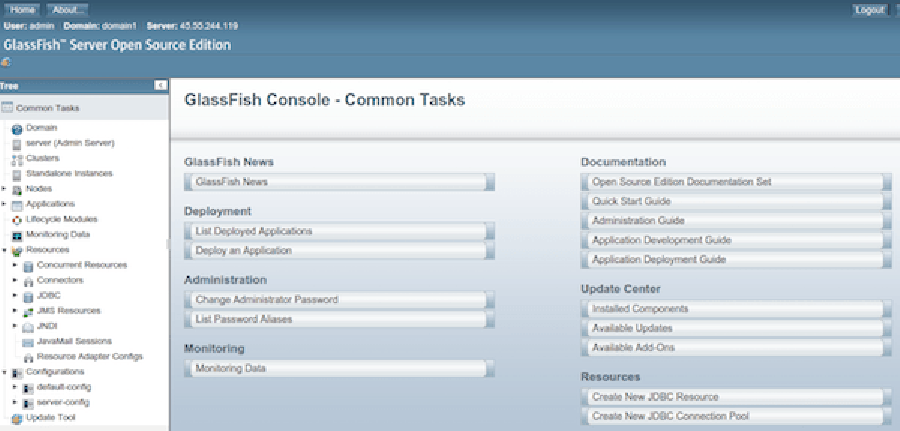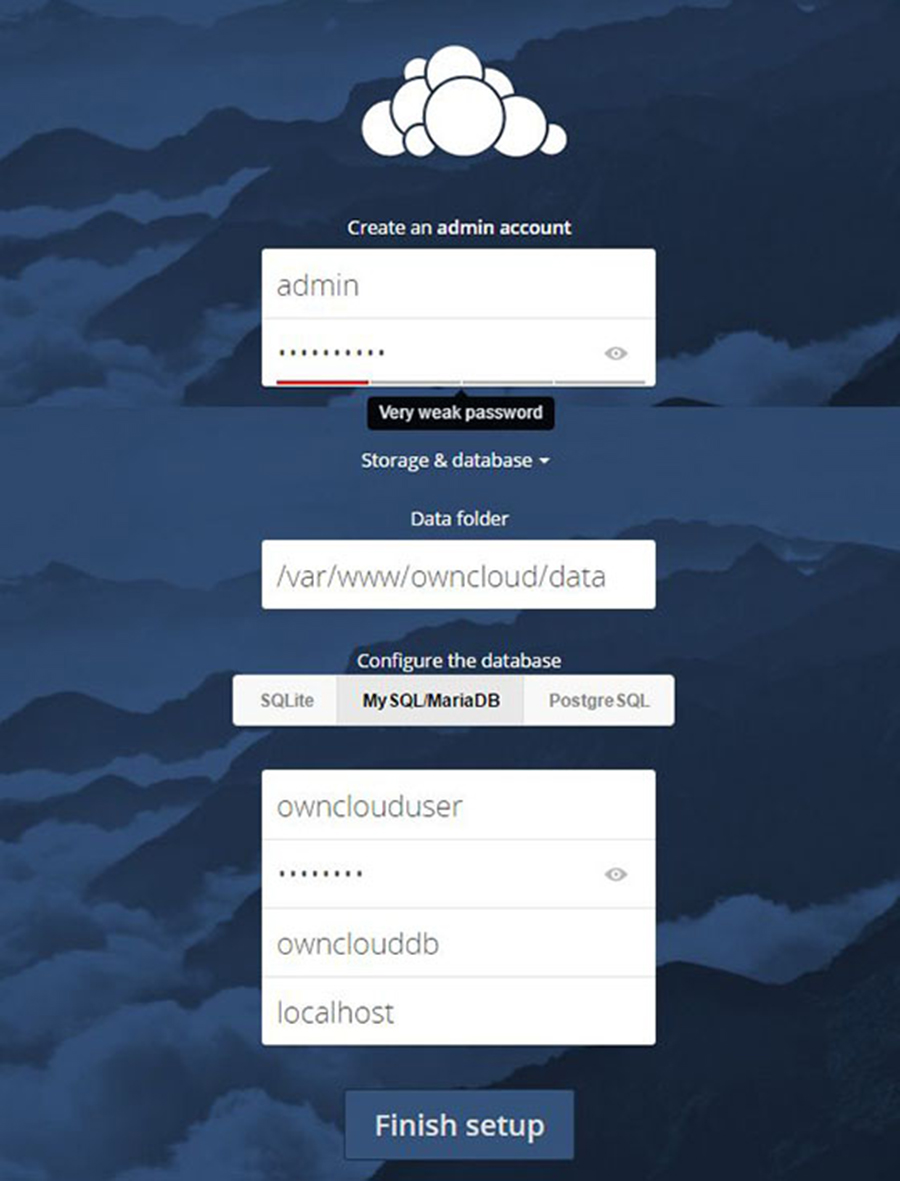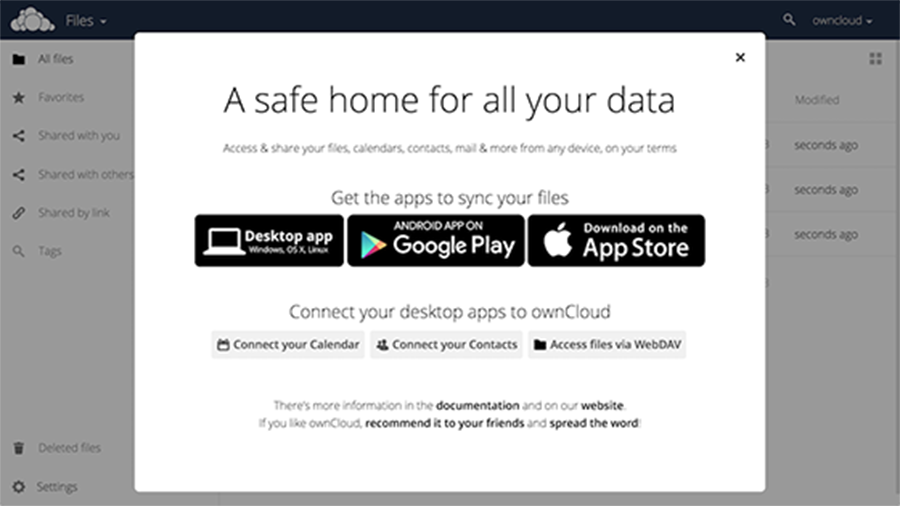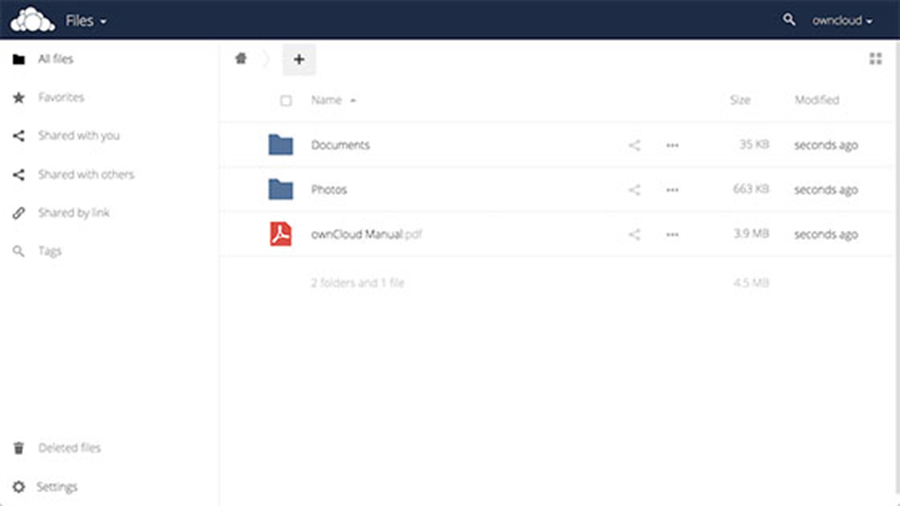Minecraft is a game about breaking and placing blocks. The creative and building aspects of Minecraft allow players to build constructions out of textured cubes in a 3D procedurally generated world. Minecraft servers allow players to play online or via a local area network with other people. They may either be run on a hosted server, on local dedicated server hardware, a Virtual Private server on a home machine, or on your local gaming computer.
This article assumes you have at least basic knowledge of Linux, know how to use the shell, and most importantly, you host your site on your own VPS. The installation is quite simple and assumes you are running in the root account, if not you may need to add ‘sudo’ to the commands to get root privileges. I will show you through the step by step installation Minecraft Server on an Ubuntu 18.04 Bionic Beaver server.
Install Minecraft Server on Ubuntu 18.04 LTS Bionic Beaver
Step 1. First make sure that all your system packages are up-to-date by running these following apt-get commands in the terminal.
sudo apt-get update sudo apt-get upgrade
Step 2. Installing Java-JDK.
Minecraft server setup requires Java to be installed on your system. To do this, follow these steps:
sudo apt-get install openjdk-8-jdk screen
Step 3. Installing Minecraft Server on Ubuntu 18.04 LTS.
First, create a new user for Minecraft to run as:
sudo useradd -m -r -d /opt/minecraft minecraft
Create a Minecraft directory:
mkdir minecraft cd minecraft
Now download the java Minecraft server and install your own Minecraft server:
wget -O minecraft_server.jar https://s3.amazonaws.com/Minecraft.Download/versions/1.12.2/minecraft_server.1.12.2.jar
Accept Minecraft’s terms and conditions:
echo "eula=true" > eula.txt
Get screen up and running, so that the server can run in the background:
screen -S "Minecraft server 1"
Step 4. Running Minecraft Server.
Now you only need to run the installed server (you can edit the 1024M value to match your server’s RAM):
java -Xmx1024M -Xms1024M -jar minecraft_server.jar nogui
To get back to the normal screen, press these keys: Control+A+D, To get back to the screen where Minecraft is running:
screen -r
Congratulation’s! You have successfully installed Minecraft. Thanks for using this tutorial for installing Minecraft server on your Ubuntu 18.04 LTS system. For additional help or useful information, we recommend you to check the official Minecraft web site.










